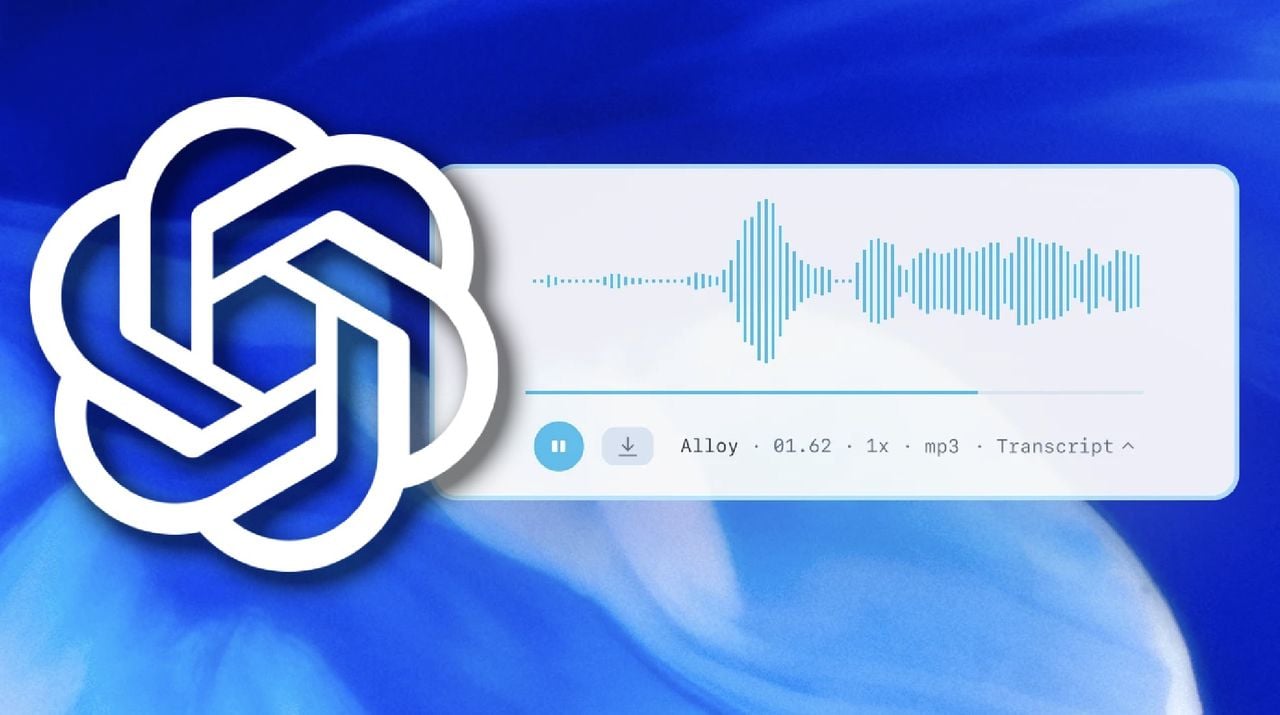OpenAI Audio: Integrated TTS and Speech-to-Text Agents

Understanding OpenAI’s Advanced Speech Technologies
OpenAI is changing the landscape of voice-based artificial intelligence (AI) through its cutting-edge audio models. By integrating these advancements with the popular ChatGPT, OpenAI aims to create more natural, efficient, and accessible voice interfaces. This article highlights the key technologies and tools that developers can leverage to enhance their AI applications.
Key Features of OpenAI’s AI Audio Models
OpenAI has launched a variety of state-of-the-art speech-to-text and text-to-speech models. These innovations focus on improving transcription accuracy, speed, and overall customization for dynamic interactions. Here are some important takeaways regarding these audio models:
- Enhanced Speech Models: The new speech technologies reduce error rates and significantly improve the quality of voice interactions.
- Versatile Development Tools: Developers gain access to modular systems and advanced APIs that simplify the creation of virtual assistants and other voice-driven applications.
- Improved Accessibility: Emphasizing tone and emotional nuance, OpenAI’s tools aim to make interactions more relatable and engaging.
Advancements in Speech-to-Text Technology
OpenAI’s speech-to-text models, including GPT-4 Transcribe and GPT-4 Mini Transcribe, offer remarkable improvements. Here’s how they enhance transcription:
- Accuracy and Speed: These models provide higher transcription accuracy and quicker processing times, even in noisy environments.
- Real-Time Applications: They can be used for live captioning in events, virtual meetings, and voice-controlled smart devices, ensuring users have a superior experience.
Customizable Text-to-Speech Output
The GPT-4 Mini TTS model introduces unique features for text-to-speech outputs, allowing developers to adjust aspects such as tone and pitch. This level of customization is essential for creating engaging interactions in various applications, which include:
- Virtual Assistants: Making them more relatable and human-like for users.
- Educational Tools: Adapting speech outputs to enhance understanding for diverse learners.
- Interactive Storytelling: Enhancing the connection between the story and its audience.
Streamlined Voice Agent Development
OpenAI has made it easier for developers to create voice agents. The updated Agents SDK simplifies the shift from text-based to voice-based systems. Developers can utilize two primary approaches:
- Speech-to-Speech Models: Enable direct audio processing for voice interactions.
- Modular Systems: Combine speech-to-text and text-to-speech components for more comprehensive solutions.
These methodologies allow developers to choose the best framework for their specific scenarios, promoting flexibility and reducing development time.
Enhanced Developer Tools
To enhance developer experience, OpenAI has incorporated advanced debugging and tracing features. Developers now benefit from real-time performance monitoring, which includes:
- Audio Playback and Metadata Analysis: Help in assessing how voice agents perform under different conditions.
- Emotional and Tonal Capture: By integrating metadata, developers can ensure that interactions are nuanced, recognizable, and engaging.
These tools play a vital role in optimizing applications and ensuring they deliver smooth user experiences.
Cost Efficiency and Open Source Options
Flexibility in pricing models is a significant aspect of OpenAI’s offerings. Developers can choose from various levels of service that accommodate both high-performance needs and budget-friendly projects. Options include:
- Affordable Pricing: Suitable for startups and smaller projects.
- Open Source Alternatives: Allow developers to create local solutions, useful when cloud-based services are impractical.
This balance ensures that OpenAI’s tools are accessible to a broad audience across various industries without compromising quality.
The Growing Importance of Voice Interfaces
As technology evolves, voice emerges as a preferred method for user interaction with AI. OpenAI’s recent advancements focus on maintaining emotion and tone during speech processing, which is crucial for creating authentic engagements. Integration of semantic voice activity detection aims to enhance the expressiveness of voice applications.
As these technologies continue to develop, voice-enabled solutions are expected to become more accessible, making it easier for users to communicate effectively with AI systems. The focus on improving nuances in voice interactions will ultimately lead to richer and more satisfying user experiences in the future.






